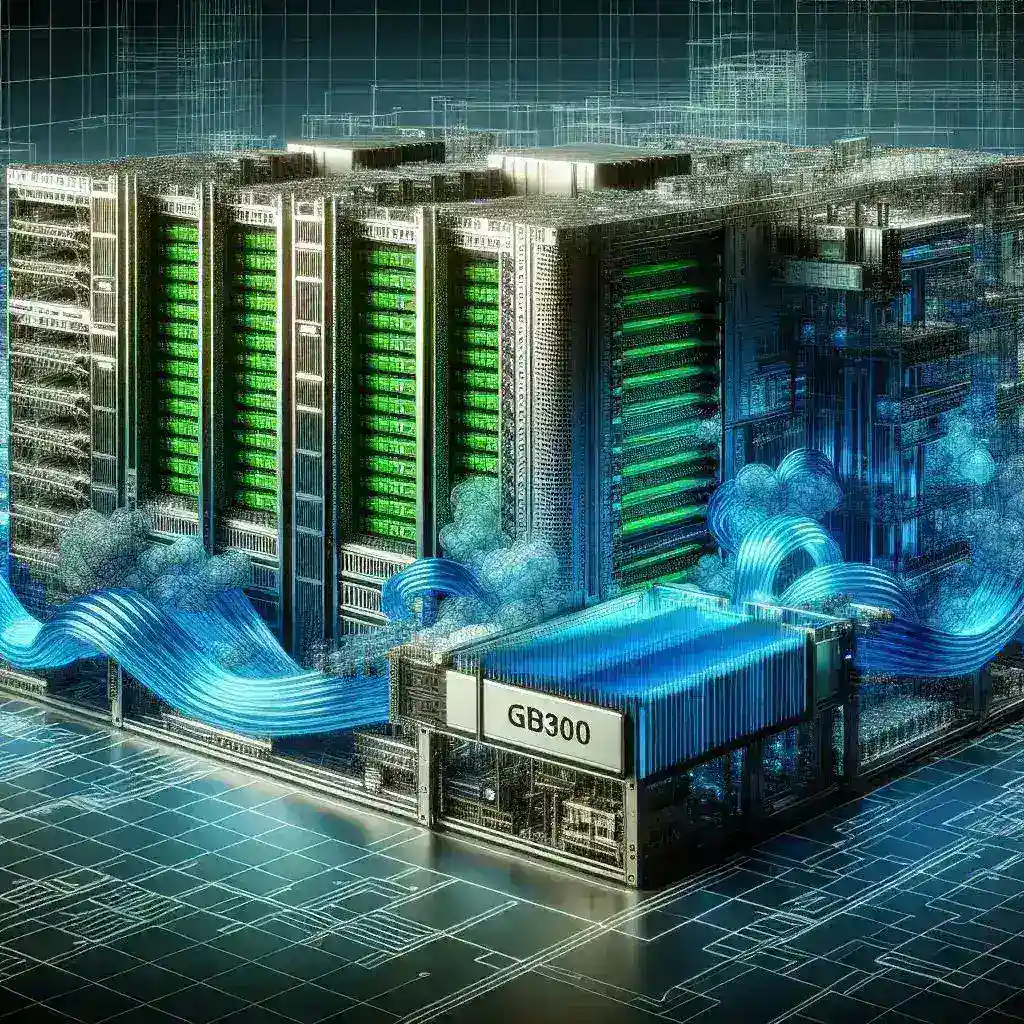Introduction
As data centers continue to evolve, the demand for innovative cooling solutions becomes increasingly critical. One of the most promising developments in this area is the use of the GB300 in liquid-cooled NVL72 rack-scale designs. This article delves into the specifics of how GB300 technology integrates with NVL72 designs, offering insights into its advantages and potential impact on the future of data center cooling.
Understanding NVL72 Rack-Scale Designs
The NVL72 rack-scale architecture is designed to optimize space and cooling efficiency in data centers. It allows for high-density computing, capable of supporting a vast number of servers within a compact footprint. The architecture is designed with future scalability in mind, accommodating the growing needs of today’s data-driven enterprises.
Key Features of NVL72
- High Density: NVL72 can house numerous servers in a single rack, maximizing the use of available space.
- Scalability: It is easily expandable, allowing for additional components to be integrated without significant disruption.
- Efficient Power Management: The design focuses on minimizing energy consumption while maintaining optimal performance.
The Role of GB300 in Cooling Solutions
GB300, a cutting-edge cooling technology, has emerged as a pivotal component in enhancing the efficiency of NVL72 rack-scale designs. Utilizing liquid cooling, GB300 provides several benefits over traditional air cooling systems.
Advantages of GB300
- Enhanced Cooling Efficiency: Liquid cooling is inherently more efficient than air cooling, as it can absorb and dissipate heat more effectively.
- Reduced Energy Consumption: GB300 systems consume less energy, leading to lower operational costs for data centers.
- Lower Operating Temperatures: By maintaining optimal temperatures, GB300 technology extends the lifespan of hardware.
Implementation of GB300 in NVL72 Designs
Integrating GB300 into NVL72 rack-scale designs involves several key steps. Understanding these processes is crucial for data center operators looking to upgrade their systems.
Step-by-Step Integration
- Assessment: Evaluate the existing infrastructure to identify compatibility with GB300.
- Design Planning: Develop a comprehensive plan that outlines how GB300 will be integrated into the NVL72 architecture.
- Installation: Carefully install the GB300 cooling units, ensuring all systems are properly connected.
- Testing: Conduct thorough testing to ensure the cooling system operates effectively and meets performance expectations.
- Monitoring: Implement monitoring systems to track the performance and efficiency of the GB300 technology.
Future Predictions for Liquid Cooling in Data Centers
The future of data center cooling looks increasingly promising, particularly with the advancements in technologies like GB300. As data demands rise, so too will the necessity for efficient cooling solutions.
Potential Developments
- Increased Adoption: More data centers may adopt liquid cooling systems as they become more affordable and accessible.
- Technological Innovations: Future advancements could lead to even more efficient cooling methods, further reducing energy usage.
- Regulatory Changes: As environmental regulations tighten, data centers may be pressured to adopt greener technologies, including liquid cooling.
Conclusion
The integration of GB300 technology in liquid-cooled NVL72 rack-scale designs represents a significant step forward in data center efficiency and performance. By leveraging the benefits of liquid cooling, data center operators can achieve greater energy efficiency, reduced operational costs, and improved hardware longevity. As the industry continues to evolve, embracing innovations like GB300 will be key in meeting the demands of the ever-growing digital landscape.

Leave a Reply